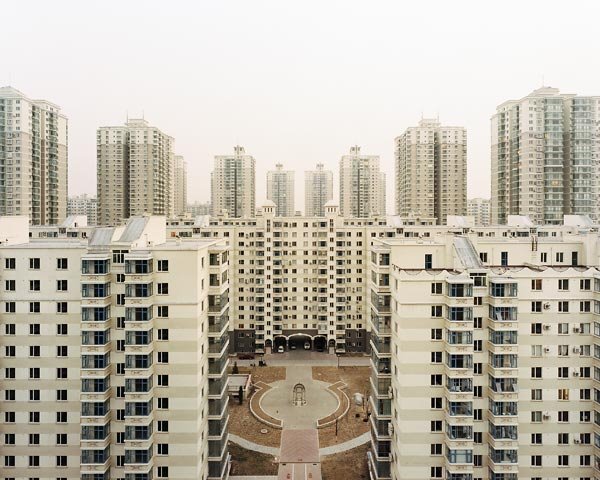
Beijing buses a move
While much hullabaloo has been made over the city’s future (and perennially under-construction) subway lines, which have received as much as 80 percent of transit spending in recent years, the city has decided to place unprecedented emphasis on the city’s buses, which have long been a symbol of Beijing crowdedness and inefficiency. Though Beijing’s buses serve 10 million passengers per day, 3.5 times more than the subways, traffic-weary officials are desperate to make bus riding more common—or even, somehow, cool.
“We are trying to make using public transportation fashionable for Beijing citizens," Liu Xiaoming, a transportation bureau spokesman, told reporters.
Since last month, Beijing bus riders have only needed to fork over 1 yuan (12 U.S. cents) per ride, instead of the distance-based fares that once set riders back anywhere as much as 4 kuai. In addition, the transportation bureau announced that over one hundred overlapping lines within the third ring road will be axed; the 1,500 buses currently driving those routes will be relocated to connect the more than 300 communities that lie outside Beijing proper. The city will also be injecting 1.3 billion RMB (166 million dollars) into Beijing’s bus companies this year.
Perhaps the city’s most controversial decision under the “buses first” plan—-to eliminate the city’s half-century-old bus passes—is supposed to make way for two new electronic smart cards: a monthly pass allowing commuters 140 trips for 45 RMB and a deposit card that offers a 20-percent discount on bus trips. But the death of the bus pass, instituted as part of the city’s social welfare system in the 1950s, might as well have been an attempt to shed the bus’s rusty image.
“In the past, bus transit has been viewed as an inferior transit system compared with subway and light rail,” said Jin Fan , director of the China Sustainable Transportation Center.
The new attempt to pump life back into the bus system also comes after a decade of what many experts agree has been a dramatically unbalanced approach to the city’s transit investment, with its large focus on building roads for the city’s exploding car traffic. “The Chinese central government now recognizes the urgency to restore balance to this equation,” Jin said.
Just how much a change in that equation will affect Beijing’s increasing love for the car is even less clear than the air over the 2nd ring road on a spring day. Some wonder, for instance, whether lowering the bus fare by a kuai or two will really attract those who can already afford to drive. Ten days after the fare reduction, sources at bus companies said the number of passengers had not increased dramatically.
Meanwhile, the transportation bureau estimates that the cost of the fare reduction will be at least 1.3 billion yuan—money, some experts argue, that could have been better spent on more crucial improvements, such as bus frequency and quality. If it hopes to get through its transportation bottleneck, experts agree that Beijing must take a holistic approach to public transit, after a model like Singapore.
“They’ve focused on the quality of their transit service, the timing, the punctuality, comfort, and implemented a set of complimentary policies to entice people to use transit rather than cars,” said Song Yan, an urban planning expert. Such measures include gas taxes, a congestion pricing system for cars entering the city center, and a quota on imported cars. Though Beijing already places a high tax on foreign imports, officials say they have no other plans to reduce cars in the city. “When you have one policy, even when implemented to a full extent, it wouldn’t necessarily do that much,” Song says. “You need a whole package of policies.”
One policy officials hope will make bus riding more attractive is bus rapid transit, or BRT. Increasingly popular among city planners and environmentalists alike, such a system simply relies on dedicated lanes with few stoplights and sleek, double-length buses. “It is as fast, reliable, comfortable and easy-to-use as a rail-based system, but is more flexible and can be built more quickly at a fraction of the cost,” said Jin Fan. Reducing traffic for buses also increases fuel efficiency and reduces the idling that leads to nasty emissions. Last summer, the World Bank reported that the single BRT line that Beijing currently operates, running south starting at Qianmen, can shave over 20 minutes off what would otherwise be an hour-long commute. The city is building three more lines.
Officials have also announced plans for a series of transportation hubs and low-fee parking lots to make transit connections easier and discourage car use within the city. “This is just the first step of our reform,” said Li, the transportation director. “We will make adjustments as we implement the plan.”
In other words, like much else in Beijing, solving the city’s public transit will take much longer than a day.

No comments:
Post a Comment